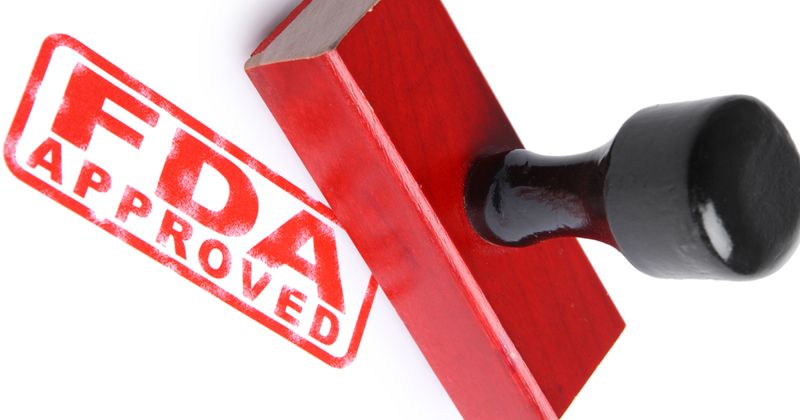FDA approves tralokinumab for atopic dermatitis
The FDA has approved tralokinumab for the treatment of moderate to severe atopic dermatitis, LEO Pharma announced in a press release.
A fully human, immunoglobulin G4 monoclonal antibody, tralokinumab (Adbry) binds to the IL-13 cytokine, preventing interaction with the IL-receptor and is the first IL-13 inhibitor approved for atopic dermatitis.

“If you look at the people who are living with moderate to severe atopic dermatitis in the U.S., we are talking about 6.6 million people,” Adriana Guana, MD, vice president of U.S. Medical Strategy and Scientific Affairs at LEO Pharma, told Healio. “The approval of Adbry comes as a new biologic option for patients. This is a major milestone that will help those millions of patients who are living with this chronic and severe disease.”

The approval was based on the ECZTRA clinical trial program, which included three phase 3 trials and nearly 2,000 patients.
In all three trials, statistically significant improvements in Investigator Global Assessment scores, Eczema Severity and Area Index scores and Worst Daily Pruritis NRS scores were reported in those treated with tralokinumab compared with placebo.

“There remain many unmet needs with respect to the management of moderate to severe atopic dermatitis. It is a chronic disease and patients often require long-term treatments,” Jonathan Silverberg, MD, PhD, MPH, associate professor of dermatology at George Washington University School of Medicine and Health Sciences and one of the tralokinumab clinical trial investigators, told Healio. “Tralokinumab achieved statistical significance across all of the primary and key secondary endpoints compared with placebo, whether it was studies with or without topical corticosteroids. It achieved clinically meaningful improvements for reductions in lesional severity, itch response, quality of life and many other endpoints.”
A 150 mg/mL prefilled syringe of Adbry will be available for subcutaneous injection. Dosing begins with a 600 mg initial dose, followed by 300 mg every other week. For patients below 100 kg who achieve clear or almost clear skin after 16 weeks of treatment, a 300 mg dose every 4 weeks can be considered, according to the press release.
“Once patients are stable and clear we have the opportunity to give fewer injections, which is certainly favorable in the minds of patients, and it does not compromise the efficacy,” Silverberg said. “This way a large subset of patients can maintain a very durable clinical response, but with half as many injections.”
The drug is expected to be available by February 2022.
“We as a company are committed to advancing the standard of care for atopic dermatitis and other dermatologic conditions,” Guana said. “Our top priority will be to work with the health care professionals to give them the resources and education they need for this treatment option, so they can have the conversations with their patients and discuss what is best for each of them.”
